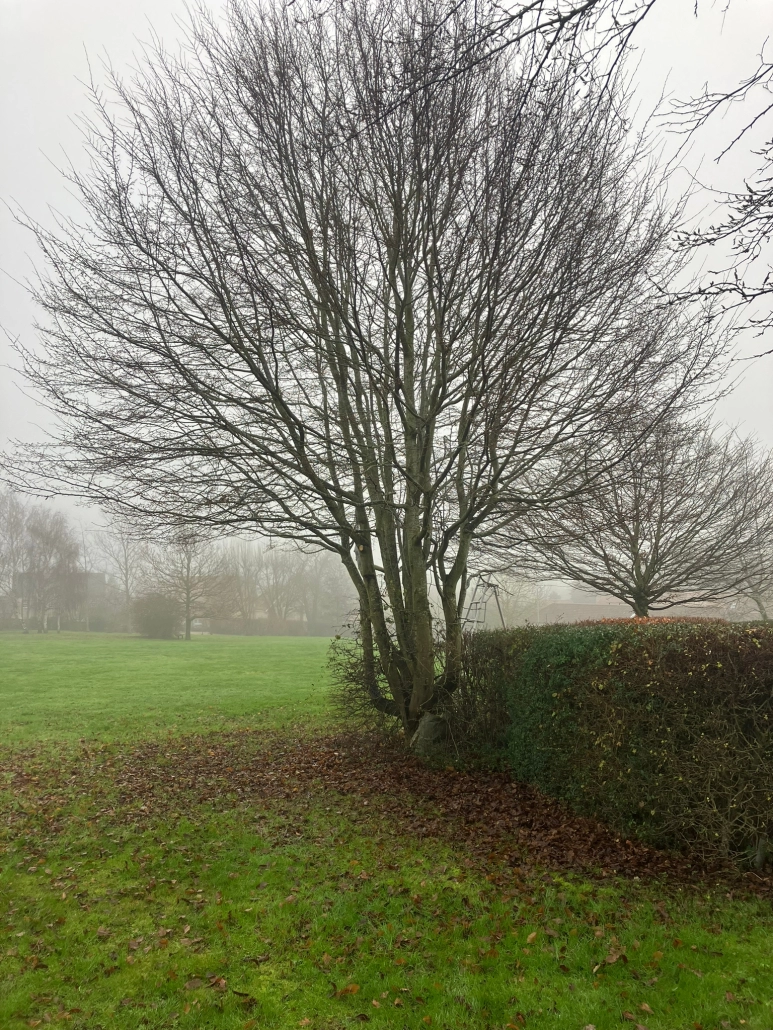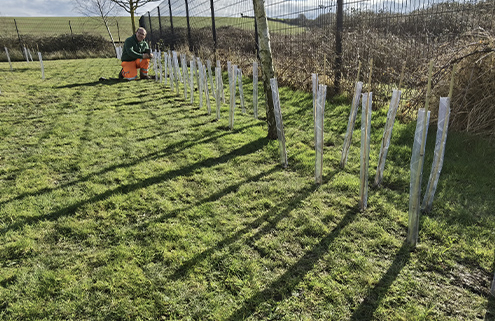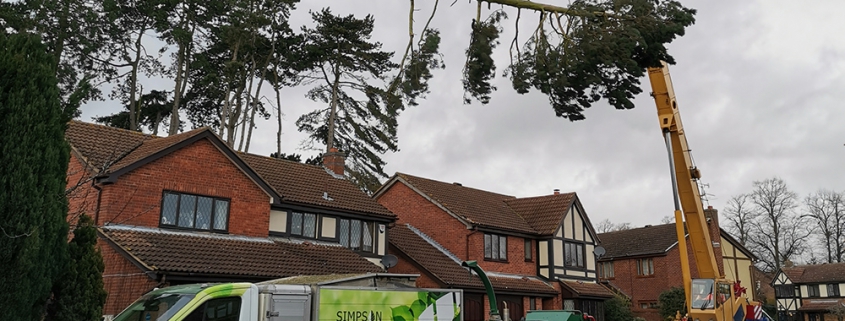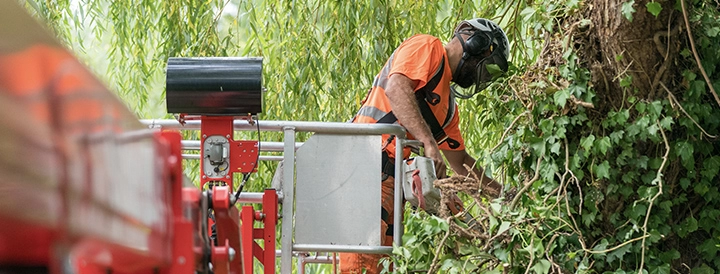Benefits of healthy trees
Trees are an integral part of our environment. They provide natural beauty as well as being essential for providing oxygen, storing carbon dioxide and helping to keep the earth cool. In essence, we cannot live without trees. So how can we make sure that our trees thrive?
Firstly, by giving your trees what they need. In terms of young trees, this may be regular watering and use of supports such as tree guards. For more information on this, please see our blog on caring for new trees. Later on, assessing your trees becomes key!
Assessing your trees
Assessing your trees regularly, particularly more mature trees, is the best way to help ensure that they remain strong, healthy and prosperous. We recommend assessing your trees several times a year. We believe this is the most effective way to notice and monitor any changes. If a tree is healthy, you should see new growth every year. We always advise assessing your trees after severe weather such as storms or strong winds, in case your trees have been damaged.
Spotting signs of decline
Knowing what to look for when assessing your trees is essential if you are to spot the signs of decline early. This can help to avoid more problems in the future.
There are ample ways in which trees can let you know that their health is compromised, so it’s really important to know what to look out for. Trees can show signs of decline in their trunk, branches or in the canopy so it’s important to assess all parts of the tree to give you a clear picture of its health.
Some of the common signs to spot are listed below:
- Cracks/ splitting. What does it mean if there are cracks or splitting in the bark? This can be caused by freezing weather or sun scald. However, it can also be a sign of fungal disease. Large cracks or splits in a tree can cause it to become unstable and pose a risk to individuals and property.
- Dead or broken branches. It’s advisable to prune any dead branches as these can weaken a tree over time.
- Decayed roots. Root rot can be a serious problem for a tree, affecting its stability and its ability to get nutrients from the soil. Other tell-tale signs are stunted growth, small pale, leaves and thinning around the canopy. In this case, we may have to remove the tree to prevent the disease from spreading to other nearby trees and plants.
- Fungus growth. The bark should be free from any fungi or moss. Presence of either could mean that the tree is infected with rot. This can cause the tree to become unstable and needs to be assessed as soon as possible.
What can we do to help?
At Simpson Arboriculture, we are passionate about helping to maintain the health of the trees we work on. Pruning and trimming, if carried out correctly by professional arborists, can improve the appearance of the tree and contribute to its overall health. Our arborists work within the guidance set out in BS3998 (British Standards for tree work). This means they ensure that any work carried out will not compromise a tree’s health and stability. Instead supporting and encouraging new growth. When quoting to carry out tree work, our professional arborists will discuss with you what you want to achieve (e.g. more light in your garden) and balance this with the needs and health of the tree. Keeping our customers happy and trees healthy is always our intention!
But what about when a tree is showing signs of decline? Our team have years of experience in spotting the signs of decline early on. This means that we can take appropriate action. Our aim is to save and maintain trees wherever possible and carry out the essential work to improve and maintain the health of a tree, thus helping to ensure its longevity. This may involve removing deadwood. It may also involve rebalancing a tree or targeting specific branches or limbs that are failing.
In the event that a tree has become unsafe and poses an immediate risk to the public or surrounding property, we would suggest removing the tree as soon as possible. We have many approaches to this ranging from climbing the tree, sectional dismantle, rigging or use of machinery depending on the job.
We are able to grind remaining stumps and treat stumps and roots using eco-plugs. This will then allow for replanting which we always encourage wherever possible.









